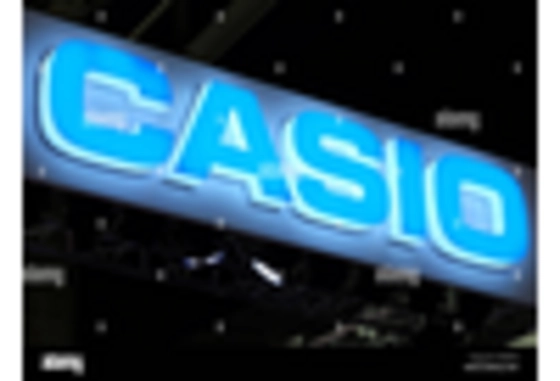Rising Demand for Precision Timing
The Timing Device Market experiences a notable increase in demand for precision timing solutions across various sectors, including manufacturing, telecommunications, and healthcare. As industries strive for enhanced efficiency and accuracy, the need for high-precision timing devices becomes paramount. For instance, the semiconductor manufacturing sector relies heavily on precise timing to ensure optimal production processes. According to recent data, the market for precision timing devices is projected to grow at a compound annual growth rate of approximately 6.5% over the next five years. This growth is indicative of the broader trend towards automation and the integration of advanced technologies in industrial applications, thereby driving the Timing Device Market forward.
Advancements in Wearable Technology
The proliferation of wearable technology significantly influences the Timing Device Market. Devices such as smartwatches and fitness trackers increasingly incorporate sophisticated timing mechanisms to monitor health metrics and physical activities. This trend is supported by a growing consumer preference for health and wellness tracking, which has led to a surge in demand for accurate timing devices. Market data suggests that the wearable technology segment is expected to reach a valuation of over 100 billion dollars by 2026, with timing devices playing a crucial role in this growth. As manufacturers innovate and enhance the functionality of these devices, the Timing Device Market is likely to benefit from increased investment and consumer interest.
Increased Focus on Energy Efficiency
The Timing Device Market is witnessing a shift towards energy-efficient solutions as industries aim to reduce operational costs and environmental impact. Timing devices that optimize energy consumption are becoming essential in sectors such as manufacturing and transportation. For example, smart timers and controllers are utilized to manage energy use in industrial processes, leading to significant cost savings. Market analysis indicates that energy-efficient devices are projected to account for a larger share of the timing device market, driven by regulatory pressures and consumer demand for sustainable solutions. This focus on energy efficiency is likely to propel the Timing Device Market into a new era of innovation.
Emergence of Internet of Things (IoT)
The integration of Internet of Things (IoT) technology into various applications is reshaping the Timing Device Market. IoT-enabled devices require precise timing for data synchronization and communication, which drives the demand for advanced timing solutions. Industries such as smart home automation, automotive, and industrial IoT are increasingly adopting timing devices to enhance operational efficiency and connectivity. Recent estimates indicate that the IoT market could surpass 1 trillion dollars by 2025, with timing devices being a critical component in ensuring seamless operation. This trend suggests that the Timing Device Market will likely see substantial growth as more sectors embrace IoT technologies.
Growing Applications in Automotive Sector
The automotive sector is increasingly adopting advanced timing devices, which significantly impacts the Timing Device Market. With the rise of electric vehicles and autonomous driving technologies, precise timing is crucial for various functions, including engine management and navigation systems. The automotive timing device market is expected to grow substantially, with projections indicating a compound annual growth rate of around 7% over the next few years. This growth is driven by the need for enhanced safety features and improved vehicle performance. As automotive manufacturers continue to innovate, the Timing Device Market is likely to expand in response to these evolving demands.


















Leave a Comment